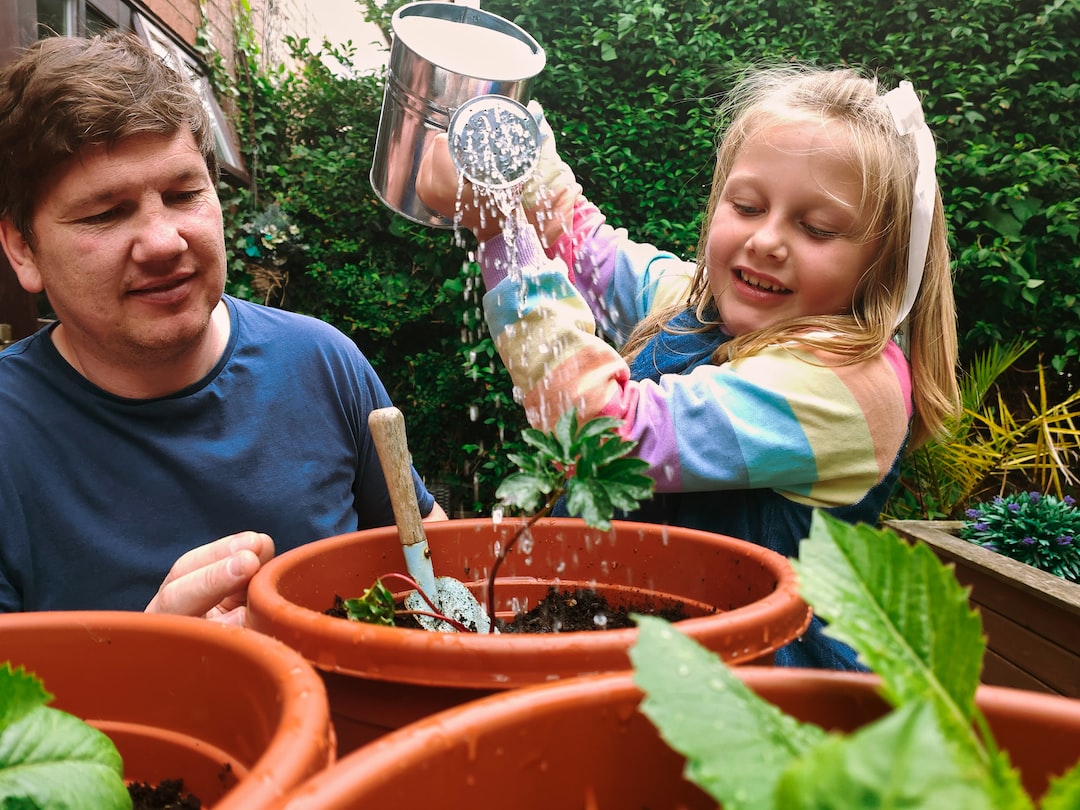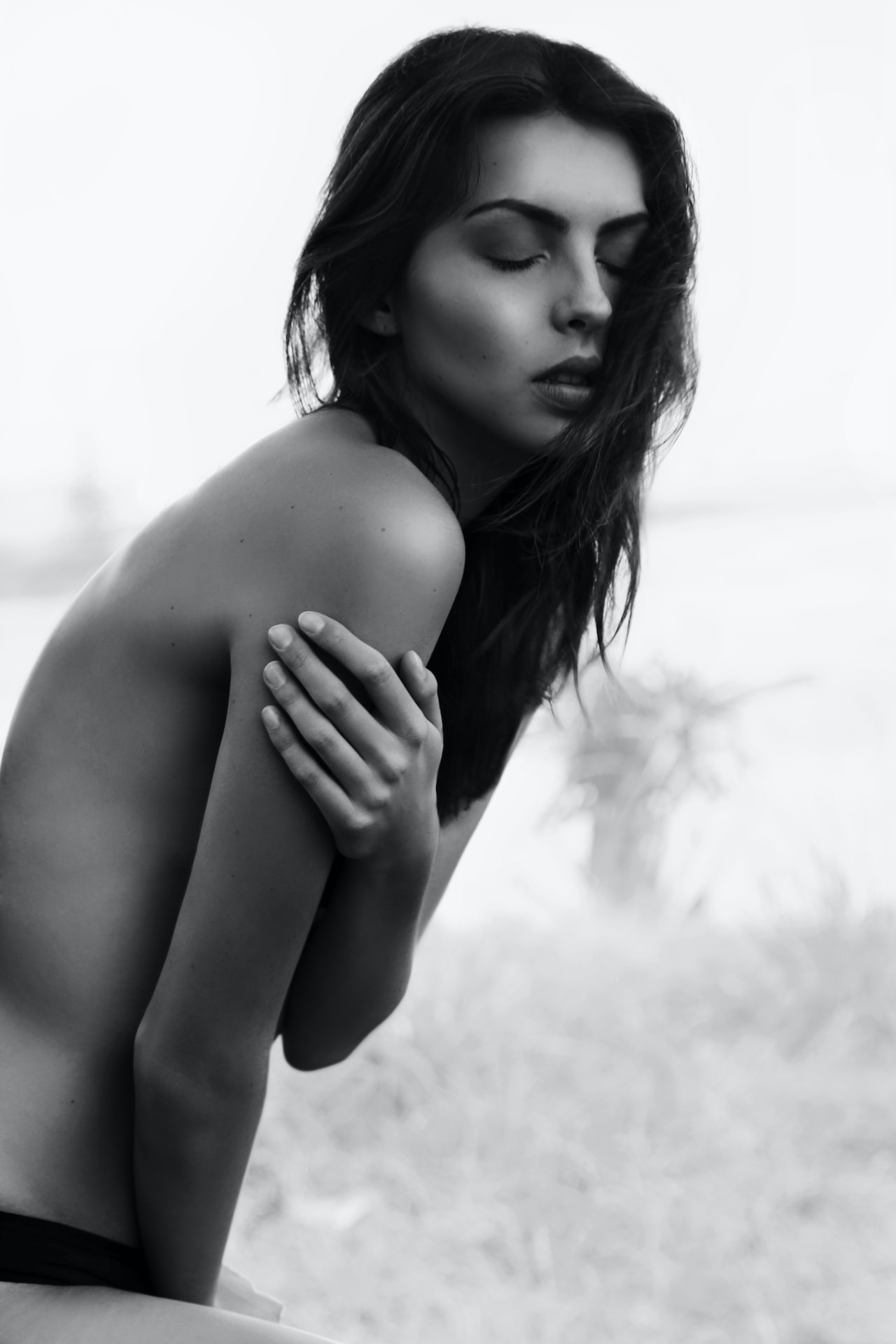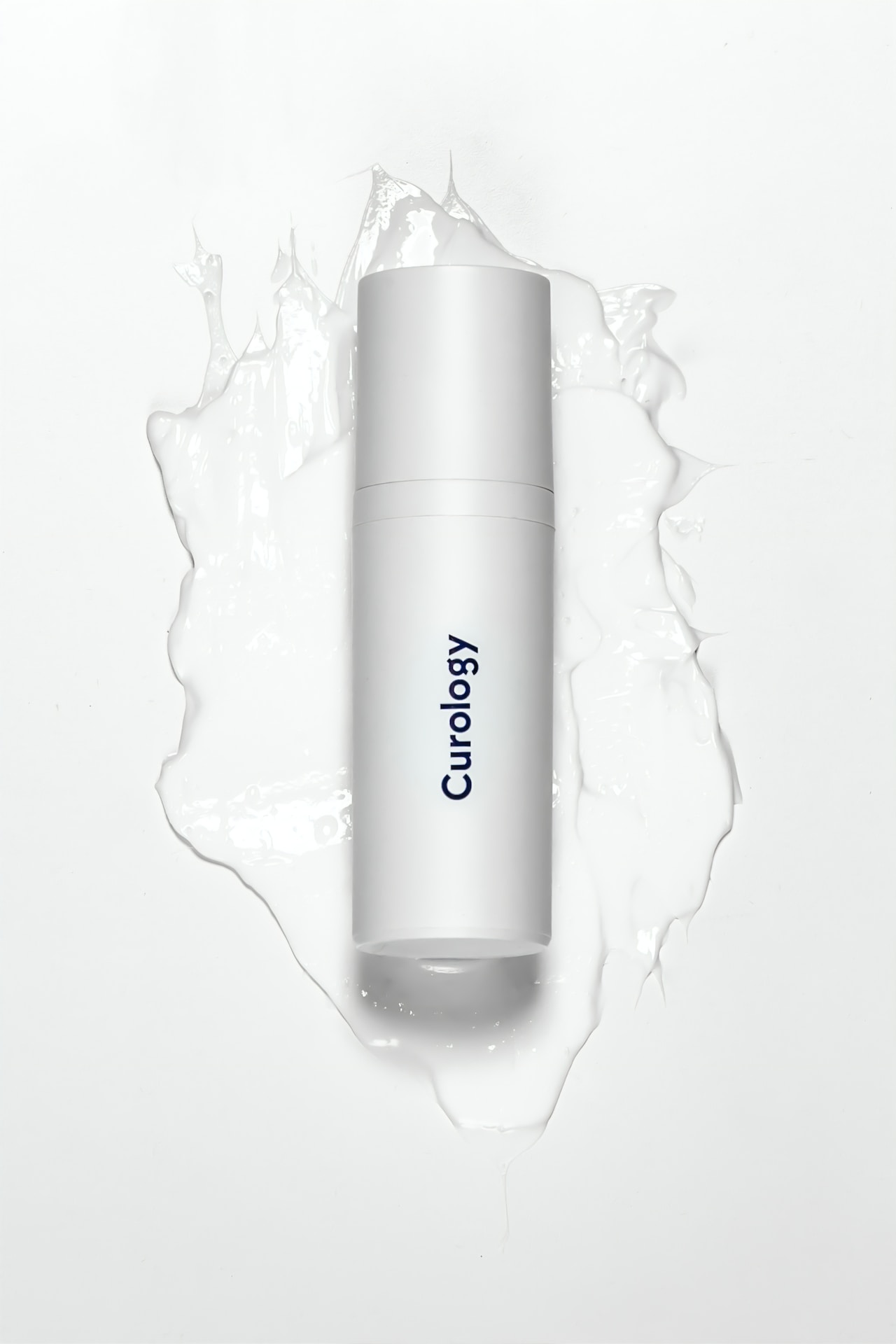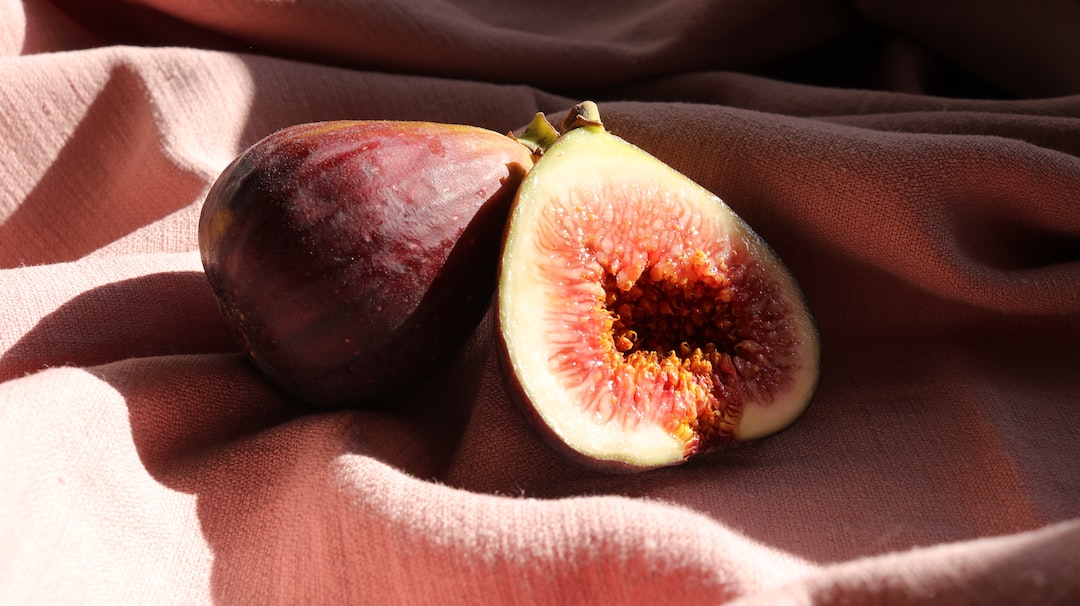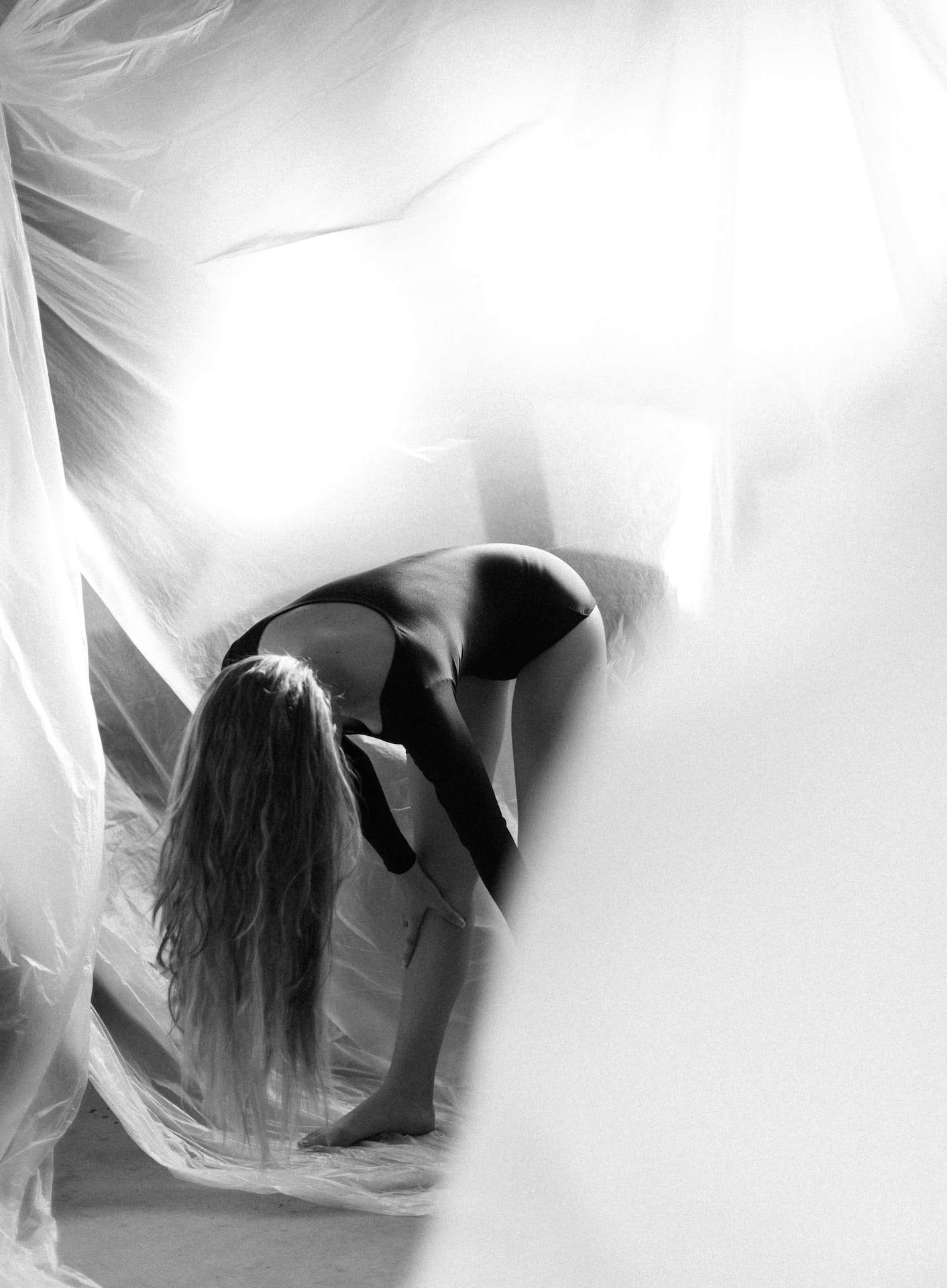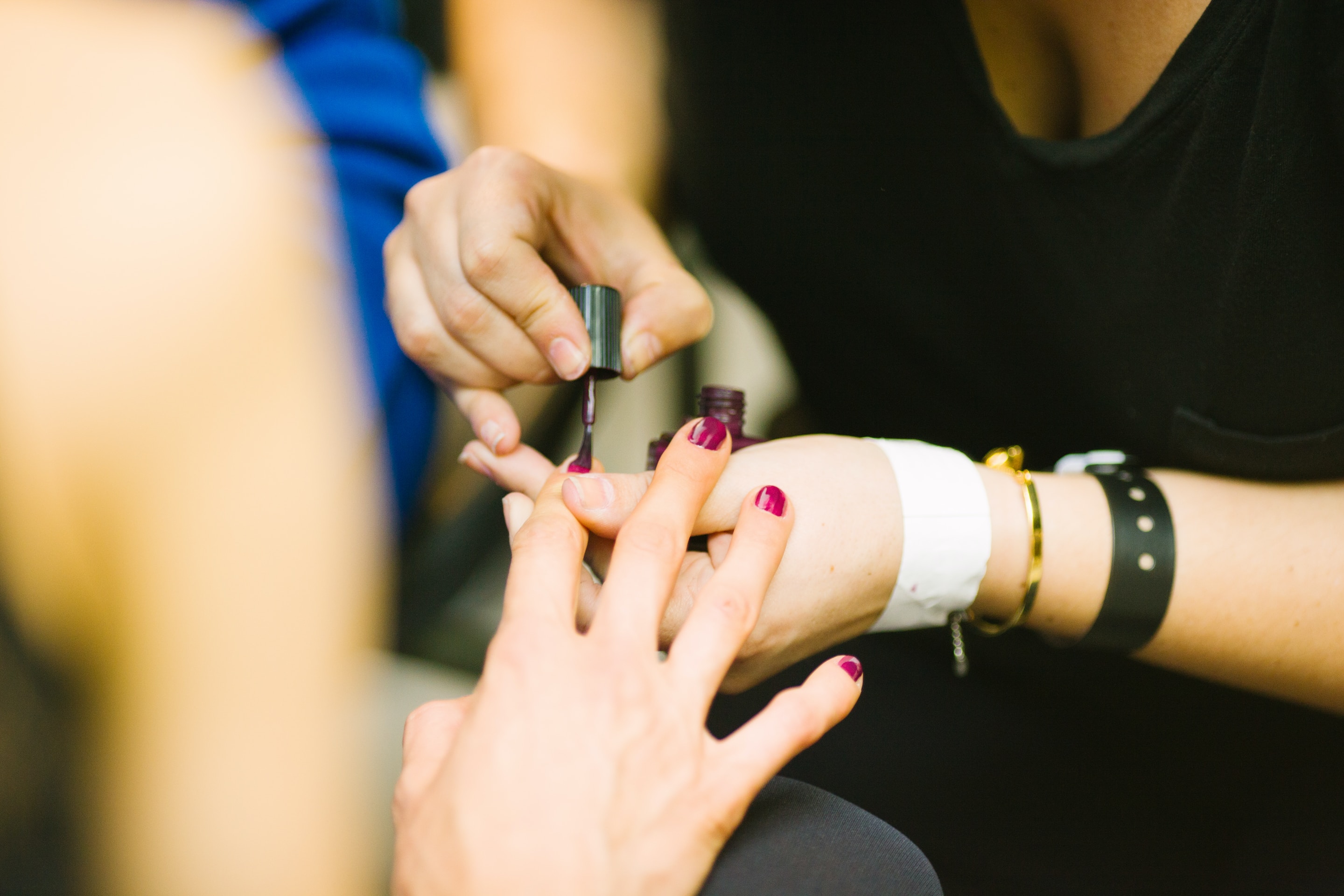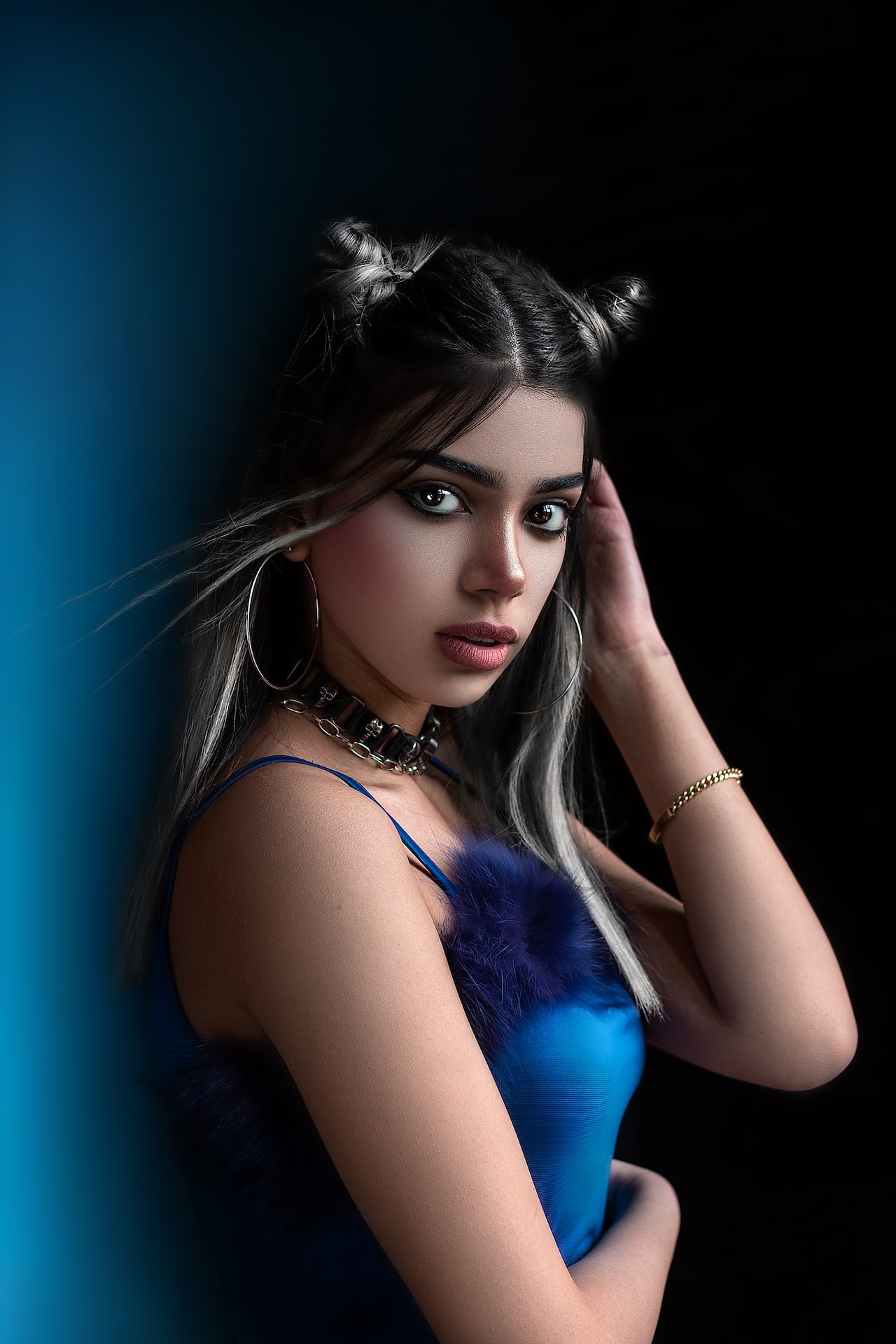
Shading is an essential technique in visual arts that adds depth, dimension, and realism to drawings, paintings, and illustrations. It involves manipulating light and dark values to create the illusion of form, texture, and space. In this article, we will explore five different shading techniques commonly used by artists.
1. Hatching
Hatching is a shading technique that involves creating a series of parallel lines to represent value and texture. The lines can be drawn in various directions, such as vertical, horizontal, or diagonal, to create different effects. By spacing or overlapping the lines, artists can create lighter or darker areas, respectively. Hatching is often used to depict simple textures or crosshatching to imply the illusion of volume or depth.
2. Crosshatching
Crosshatching is a shading technique similar to hatching, but with the addition of intersecting lines. By layering multiple sets of parallel lines at different angles, artists can create complex textures and tonal effects. Crosshatching is particularly effective in representing intricate details, such as the texture of fabric or the contours of a face.
3. Stippling
Stippling is a shading technique that involves creating patterns of small dots to represent different values. By varying the density and size of the dots, artists can create a wide range of textures and gradients. Stippling is often used to depict the texture of skin, fur, or other organic surfaces. It requires patience and precision but can achieve highly realistic results.
4. Smudging
Smudging is a shading technique that involves using a finger, blending stump, or other tools to soften and blend pencil or charcoal marks. By gently rubbing or smearing the medium, artists can create smooth transitions between different values and create a softer, more realistic appearance. Smudging is commonly used in portrait drawings to achieve a more subtle and blended effect.
5. Gradients
Gradients are a shading technique that involves smoothly transitioning from one value to another without any visible lines or marks. It can be achieved using various tools, such as brushes, airbrushes, or digital software. Gradients are particularly effective in creating realistic lighting and shading effects, such as smooth transitions from light to shadow or from one color to another.
In conclusion, shading is a fundamental skill for artists, whether they work in traditional or digital mediums. The five techniques discussed in this article – hatching, crosshatching, stippling, smudging, and gradients – offer a range of options for artists to add depth, texture, and realism to their artworks. By understanding and practicing these techniques, artists can enhance their ability to create visually appealing and impactful compositions.

